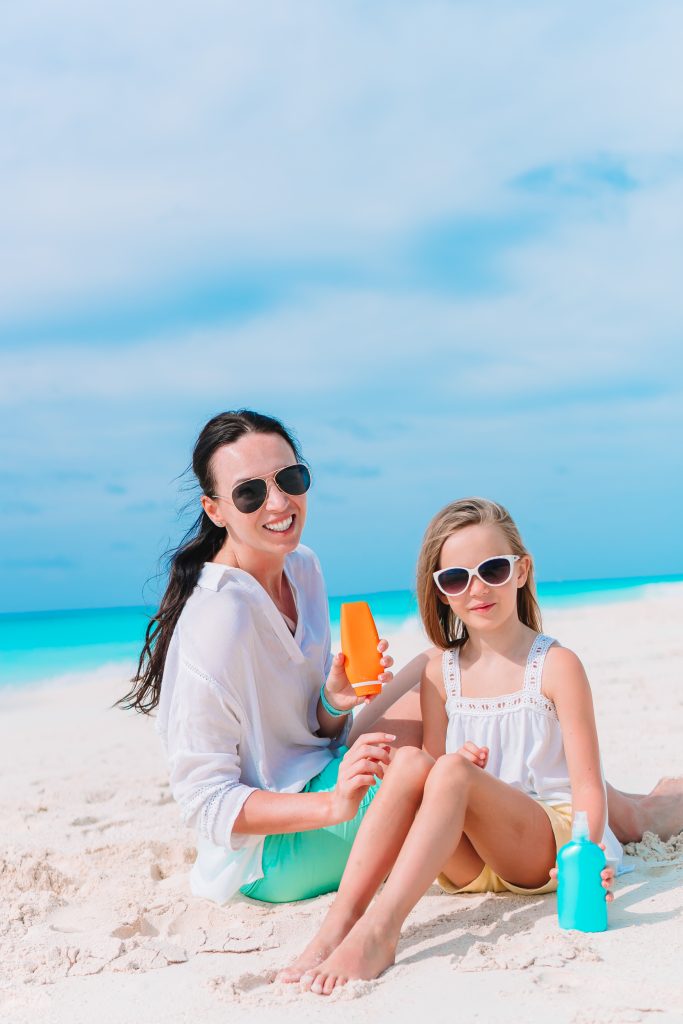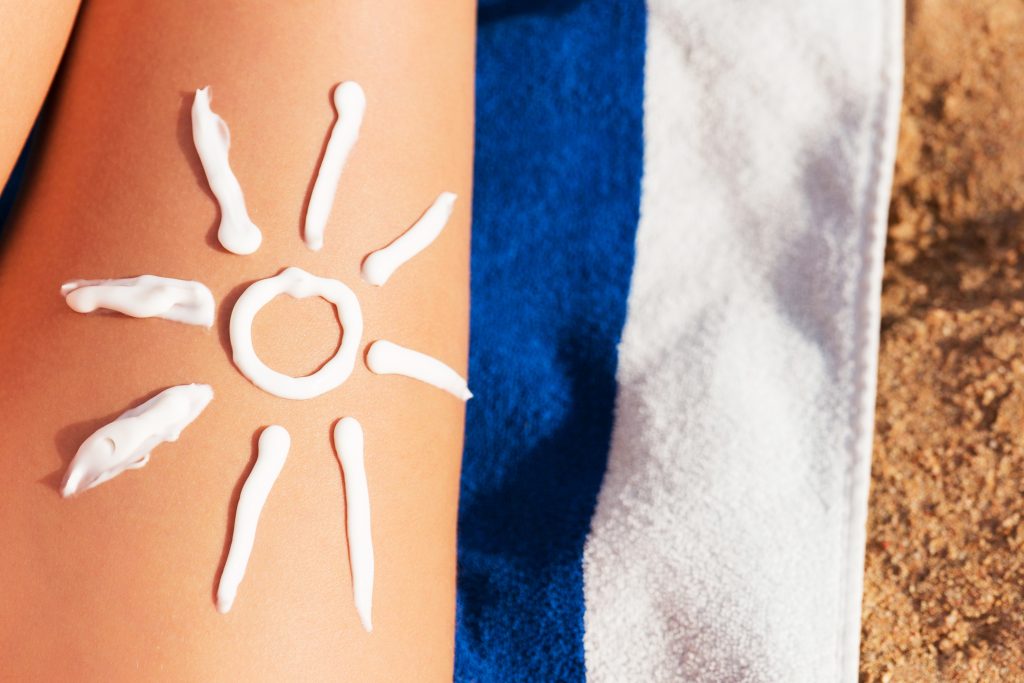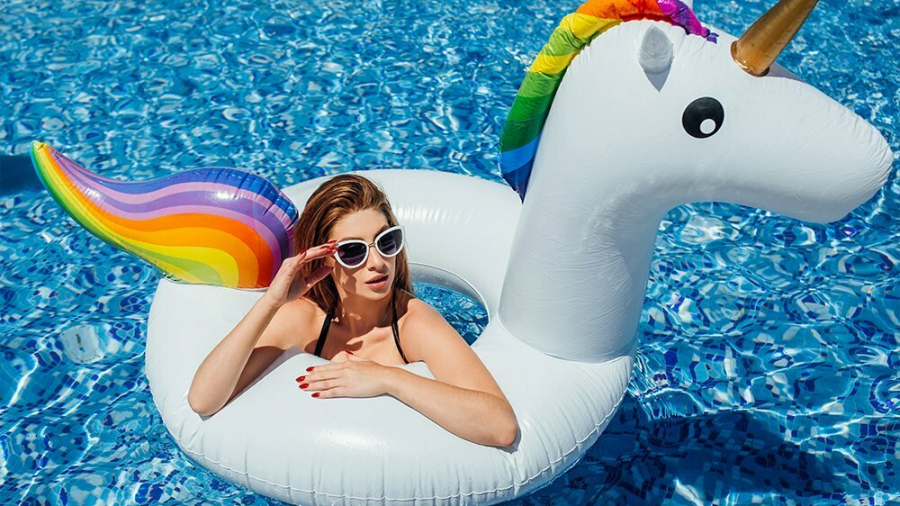Do you know how much sunscreen to use to protect yourself from the sun’s harmful rays? If you haphazardly rub some onto your skin and hope for the best, you could very well be putting your skin in danger.
What Do Sunscreen Numbers and +++ Mean?
We may need a little exposure to the sun to get our vitamin D fix but too much sun can be bad for your skin.

SPF and Sunscreen Ratings
Choosing a sunscreen is critical for shielding you from the sun’s ultraviolet (UV) rays. Here we explain what SPF (Sun Protection Factor) means and the meaning behind those numbers.
A sunscreen’s SPF refers to its ability to shield you from the sun’s UV rays. It takes about 10-20 minutes without sunscreen for your skin to start burning. An SPF 15 product would prevent that for 15 times longer.
However, that doesn’t mean you will remain fully protected for that 5 hours. Dermatologists highly recommend reapplying sunscreen every 2-4 hours as sunscreen can rub off or get washed off in the water.
It is also a common misunderstanding that SPF 30 is twice as good as SPF 15. This is what it means:
- SPF 15 blocks out about 94% of the sun’s dangerous rays
- SPF 30 blocks out about 97% of such rays
- SPF 50 blocks out about 98% of the sun’s rays
Protection Grade of UVA Rays
What about the PA+++ rating on your sunscreen along with the SPF level? Some may not have seen it while others were likely confused by it. SPF indicates the level of protection from UVB rays while PA indicates the level of protection from UVA rays.
PA stands for Protection Grade of UVA rays used to measure the SPF of a sunscreen. Protective grade of sunscreen is often labelled as PA+, PA++, and PA+++, with the more plus signs, the more protection you get from UVA rays.
Many products in the market may be labelled as “broad-spectrum” but they do not give effective protection against UVA rays. If you are wondering what the difference between UVA and UVB rays is, here’s what they mean:
- UVA rays can cause permanent ageing of the skin
- UVB rays can cause sunburn and contribute to skin cancer
So it is always important to use sunscreen that protects you from both the UVA and UVB radiation.


Ask the Expert: How Much Sunscreen Should I Use on My Face and Body?
Most people don’t apply enough sunscreen, which explains the undesirable sunburns and tanning. And a lack of sunscreen on your skin while you’re out in the hot sun is like using sunscreen with too little SPF protection. But how much sunscreen would we need to use on our bodies?
All sunscreens are manufactured with an SPF-rating based on the assumption that people will use 2 milligrams of cream per square centimetre of skin. However, most people only apply about 40% of that amount. The result? Sunburn and sun damage.
Measuring out 2 milligrams of sunscreen can be a confusing. Researchers have converted that measurement into something we can all understand: the teaspoon and the tablespoon. According to the NHS, we need at least 2 teaspoons worth of sunscreen for your face, neck and shoulders and 2 tablespoons worth of sunscreen for the rest of your body.
You will need to reapply sunscreen every two hours or more frequently after heavy perspiration, swimming, or towelling off. For adequate protection, go for SPF 15. If you spend a lot of time outdoors, go for SPF 30 or SPF 50. Ensure that your sunscreen says “broad-spectrum” on the label, which means that the product will protect against both UVA and UVB rays.

Multi-Protection UV Defense Broad Spectrum SPF50+ PA++++ by Elysyle helps to protect, detoxify, repair and strengthen the skin’s defensive power. Its ultra-light-weight lotion formula is water-resistant, anti-perspiring functions, an 8x filtering and defense system helps to protect the skin from UVA and UVB rays that can cause inflammation of the skin, sunburns and skin darkening. We highly recommend that you apply sufficiently on your skin for optimal protection.
In addition to using sunscreen, you should seek shade wherever possible and wear sun-protective clothing, broad-brimmed hats, and UV-blocking sunglasses.

